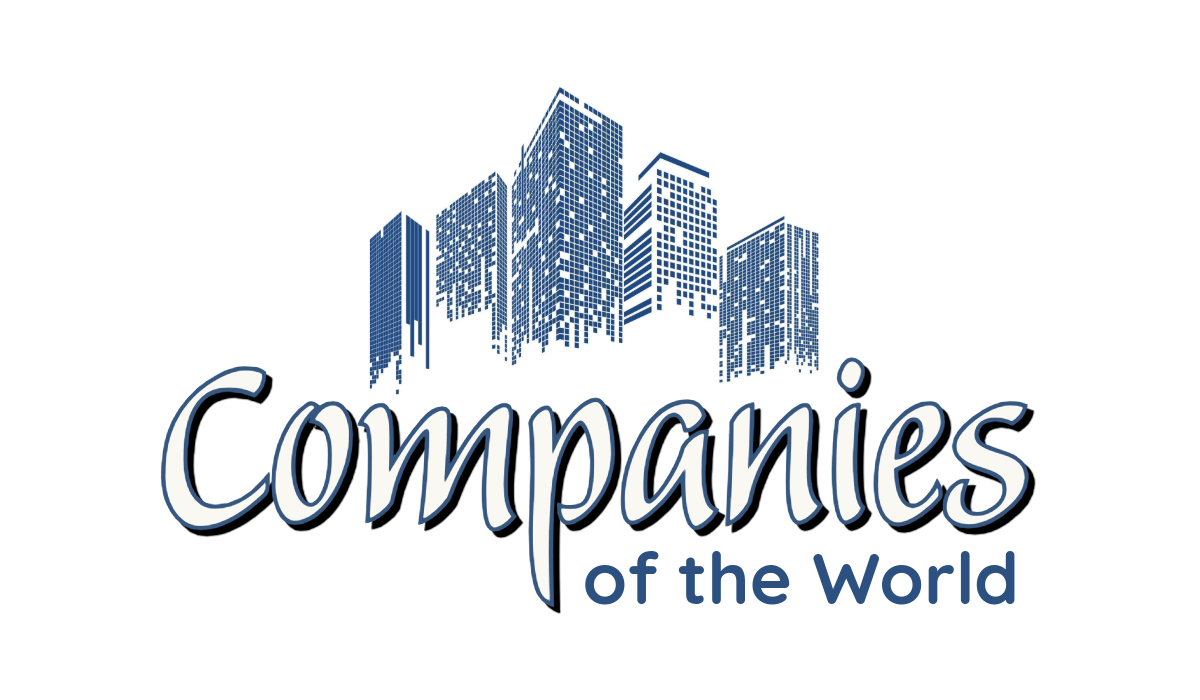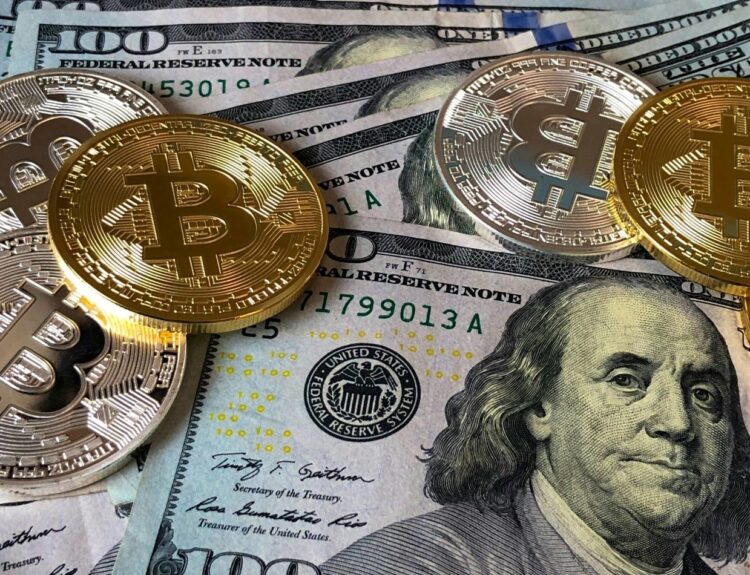The fast-food and fast-casual industry is a dynamic, highly competitive, and ever-evolving sector, making it an uphill task to rise to the most valuable restaurant chain in the world – a fit only achieved by some of the world’s most recognizable brands.
From humble beginnings, mostly in the US, these top fast-food chains have deployed franchising models that have seen them expand to the entire globe raking in billions of dollars in revenues and employing millions of people.
Most of the brands have perfected the use of technology to bolster efficiency and compete on parameters like; digital ordering and delivery services, aggressive marketing, customer experience, ethical sourcing, and loyalty programs.
Here is an in-depth look at the world’s 5 largest restaurant franchises based on the enterprise values.
1. McDonald’s – The world’s most valuable restaurant chain
Enterprise Value - $249 Billion
Market Capitation - $193 Billion
Average annual revenues - $25 Billion
Average yearly earnings - $9 Billion
Number of outlets - 42,000
McDonald’s boasts an enterprise valuation that towers over its rivals at an impressive $249 billion, reflecting its position as the most valuable restaurant chain in the world.
The story of McDonald’s began in 1940 when two brothers; Richard and Maurice McDonald’s opened a modest drive-in restaurant in San Bernardino, California.
However, the real transformation began in 1955, when Ray Kroc, a visionary salesman, partnered with the McDonald brothers to launch the first franchise in Des Plaines, Illinois.
Today, McDonald’s has over 1 million employees working in about 40,000 franchises across more than 100 countries. In the US, for instance, one in eight workers have been employed by McDonald’s at some point in their careers. Former McDonald’s employees include celebrities like US Vice President Kamala Harris, Amazon billionaire Jeff Bezos, singer-songwriter Shania Twain and TV host Jay Leno.
McDonald’s has become such a massive franchise that more than 70 million people grab at least one meal from their restaurants every day. Their classic menu items, like the Big Mac, Quarter Pounder, and Chicken McNuggets, have basically become the face of fast food.
According to the company’s research, 90% of Americans eat at McDonald’s at least once a year, with 33% eating there once a month. With a toy included in every ‘Happy Meal’ sold, they’ve become the largest toy distributor in the world, selling a whopping 1.5 billion toys annually.
While the franchises control their own finances, the holding company, McDonald’s Corporation, mainly draws its revenues, averaging $25 billion per year, from rent, royalties, and fees paid by the franchisees. The company’s own-operated restaurants account for less than 5% of the total outlets.
To operate a franchise, investors undergo a rigorous selection procedure, paying an initial franchise fee of about $45,000, and are required to secure a minimum of $500,000 of non-borrowed personal resources. Furthermore, one may need to spend between $0.5 to $2 million to get the store ready. The franchisees pay about 4% of gross revenues in royalties.
McDonald’s Corporation is publicly listed with the largest shareholders being; The Vanguard Group, which holds approximately 8.3% of the shares, BlackRock (6.7%), State Street Corporation (4.5%), and Berkshire Hathaway (3.4%).
2. Starbucks
Enterprise Value - $108 Billion
Market Capitation - $84 Billion
Average annual revenues - $36 Billion
Average yearly earnings - $7 Billion
Number of outlets - 38,000
When you think of Starbucks, it’s easy to imagine the comforting aroma of freshly brewed coffee and the cozy ambiance of your local café.
But the financials tell a story much bigger than the local café. Starbucks has grown into a colossal force in the fast-food industry, raking in average revenues of $36 billion annually and boasting a market capitalization of around $108 billion.
Starbucks’ remarkable journey began in 1971 when three friends—Jerry Baldwin, Zev Siegl, and Gordon Bowker—opened their first store in Seattle, Washington. Their goal was simple: to offer high-quality coffee beans and equipment.
Howard Schultz, would join the company in 1982 and set out to change the company’s outlook and approach to business. Inspired by the vibrant coffee culture he experienced in Milan, Schultz envisioned Starbucks as more than just a place to grab a cup of coffee—it would be a “third place,” a welcoming haven between home and work.
Despite initial resistance, Schultz’s vision took root when he acquired the company in 1987. Today, Starbucks operates over 32,000 stores employing about 400,000 people across the globe, turning coffee shops into social hubs and revolutionizing how we think about our daily coffee ritual.
In the US, Starbucks stores operate under a company-owned model, while internationally, the brand has expanded through strategic licensing agreements. Outside its home city of Seattle, Starbucks’ most popular outlets are found in New York City, Tokyo’s Shibuya Crossing, and London’s Oxford Circus.
The company’s biggest shareholders are The Vanguard Group which holds about 7.9% shares, and BlackRock with 6.4%. Other notable investors include State Street Corporation with 4.3%, and Howard Schultz himself, holding a 3.8% stake.
3. Chipotle Mexican Grill
Enterprise Value - $74 Billion
Market Capitation - $72 Billion
Average annual revenues - $11 Billion
Average yearly earnings - $1.5 Billion
Number of outlets - 3,437
Unlike its rivals, Chipotle Mexican Grill operates a modest number of outlets, totaling 3,437, all of which are found within the US. Employing about 116,000 people, Chipotle’s impact on the food industry and job market is undeniable.
Established in 1993 by Steve Ells in Denver, Colorado, Chipotle came to life intending to blend the fast-paced nature of fast food with the quality you’d expect from a fine dining experience. Ells, a classically trained chef, was determined to use fresh, high-quality ingredients to create a unique dining experience.
Despite initial challenges, Ells’ unwavering commitment to his vision paid off as Chipotle rapidly expanded, pioneering the fast-casual dining movement. His innovative approach has inspired a new generation of restaurateurs to prioritize culinary excellence and convenience.
Ells grew the restaurants to 16 branches before fast food giant McDonald’s came on board in 1998. From that year until 2006, McDonald’s invested more than $360 million, grabbing 90% ownership and scaling the business to over 500 locations. McDonald’s eventually decided to focus back on their own franchises and sold their Chipotle shares in an IPO for about $1.5 billion.
Chipotle’s menu, centered around burritos, tacos, and bowls, has not only transformed how people perceive fast food but also set new standards for the fast-casual dining concept.
Again, unlike many fast-food giants, Chipotle does not offer franchising. The company operates its locations directly, maintaining control over its operations and ensuring consistent quality across all stores. This focus on company-owned stores allows Chipotle to stay true to its values and deliver a dining experience that remains true to Steve Ells’ original vision.
The company has an enterprise value of $74 billion, revenues averaging $11 billion, and annual earnings of about $1.5 billion. Chipotle’s success and rise to the third most valuable restaurant chain in the world is also reflected in its strong shareholder base. The Vanguard Group holds 8.5% of the shares, while BlackRock owns 6.3%. Other significant shareholders include T. Rowe Price Associates with 5.1% and FMR LLC (Fidelity Management and Research) with 4.2%.
4. Yum! Brands
Enterprise Value - $48 Billion
Market Capitation - $37 Billion
Average annual revenues - $7 Billion
Average yearly earnings - $1.5 Billion
Number of outlets - 55,000
Yum! Brands is the force behind well-known fast-food giants; KFC, Taco Bell, Pizza Hut, and The Habit Burger Grill.
With over 55,000 restaurants across more than 155 countries, Yum! Brands is the world’s fourth-most valuable fast-food chain with an enterprise value of about $48 billion as of August 2024.
Yum! Brands’ decades-old household names like KFC, Taco Bell, and Pizza Hut were originally acquired by Pepsico as the beverages company’s fast-food division before being spun off as a stand-alone publicly listed company.
KFC, the oldest member of the Yum! Brands family, traces its beginning back to 1930 when Colonel Harland Sanders opened his first restaurant in a gas station in Corbin, Kentucky. Sanders perfected his secret blend of 11 herbs and spices, leading to the creation of Kentucky Fried Chicken (KFC).
Despite facing numerous setbacks, Sanders traveled across the U.S. to franchise his fried chicken recipe, achieving remarkable success.
Over the years, Yum! Brands has pretty much switched its entire business to a franchise-based model with very few company-operated outlets.
Franchisees and license partners shell out between $25,000 and $45,000 for each brand in franchise fees, use their own funds to set up and run the locations, and then pay a yearly royalty of 5% on their gross sales. This model has seen Yam! Brands revenues averaging around $6.8 billion per year.
Some of the biggest institutional investors in Yum! Brands include; The Vanguard Group (7.8%), BlackRock (6.5%), State Street Corporation (4.6%), and FMR LLC (Fidelity Management and Research) (3.2%).
5. Restaurant Brands International (RBI)
Enterprise Value - $35 Billion
Market Capitation - $22 Billion
Average annual revenues - $7.1 Billion
Average yearly earnings - $1.2 Billion
Number of outlets - 30,000
In 2014, American hamburger chain, Burger King merged with Canadian restaurant chain, Tim Hortons to form Restaurant Brands International (RBI).
In 2017, the group acquired Louisiana-themed fried chicken chain, Popeyes before expanding further in 2021, following the acquisition of Firehouse Subs®.
RBI’s collection of Burger King, Tim Hortons, Popeyes, and the Firehouse Subs® puts the group among the biggest fast-food chains in the world with a market capitalization of about $30 billion.
The group operates in over 30,000 restaurants across 100+ countries, pulling in around $7 billion in annual revenue primarily from royalties, rental income, and company-owned outlets.
The company’s largest shareholders include 3G Capital, owning 32% of the shares, The Vanguard Group with 6.2%, BlackRock holding 4.9%, and Pershing Square Capital Management, led by Bill Ackman, with 3.1%.
For aspiring franchisees, the initial fees for Burger King, Tim Hortons, and Popeyes range from $25,000 to $50,000, with total initial investments between $1.5 million and $3 million. Royalties are typically around 5% of gross sales.
The remarkable ascent of Restaurant Brands International, driven by its iconic brands and innovative founders, continues to shape the fast-food landscape, delivering beloved flavors to millions around the globe








